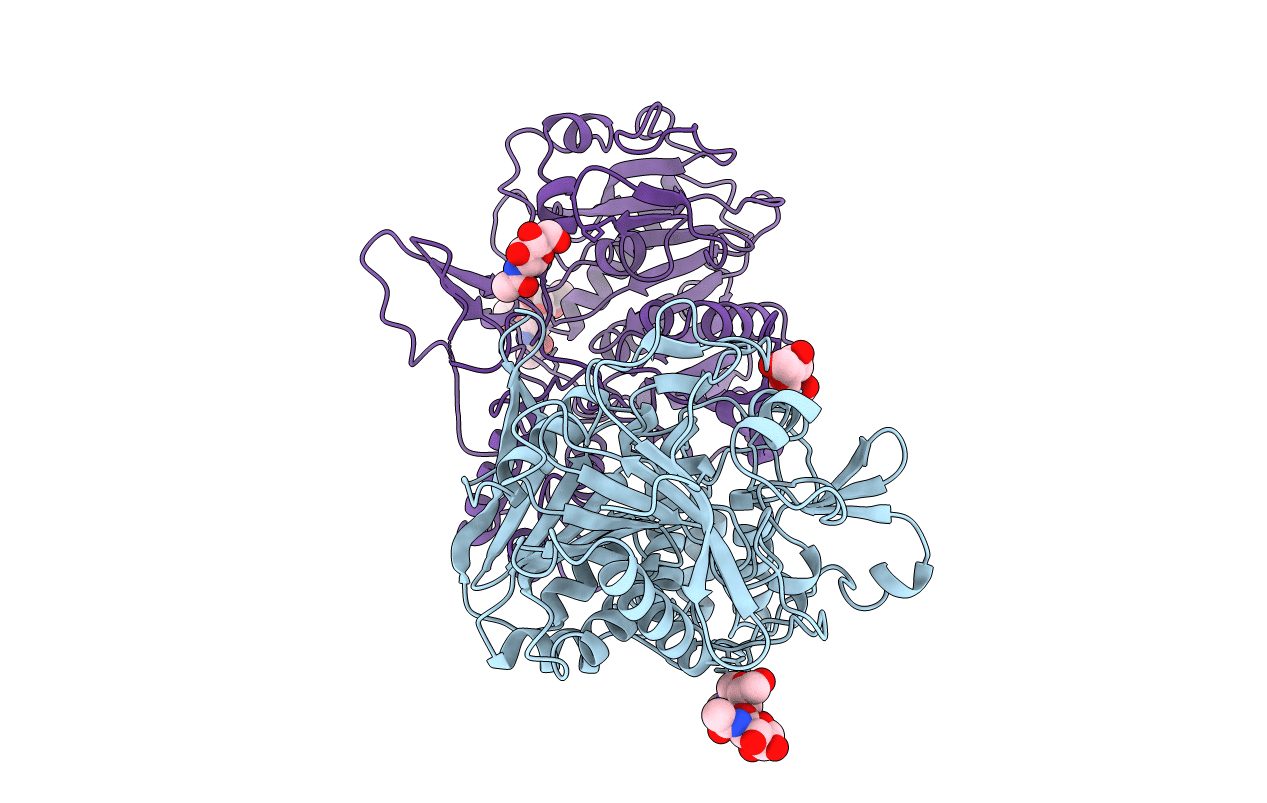
Deposition Date
1996-06-12
Release Date
1997-04-21
Last Version Date
2024-10-23
Method Details:
Experimental Method:
Resolution:
2.20 Å
R-Value Free:
0.26
R-Value Work:
0.21
R-Value Observed:
0.21
Space Group:
P 21 21 2


